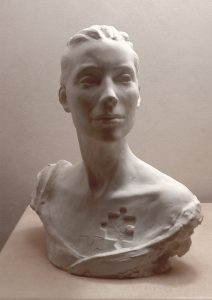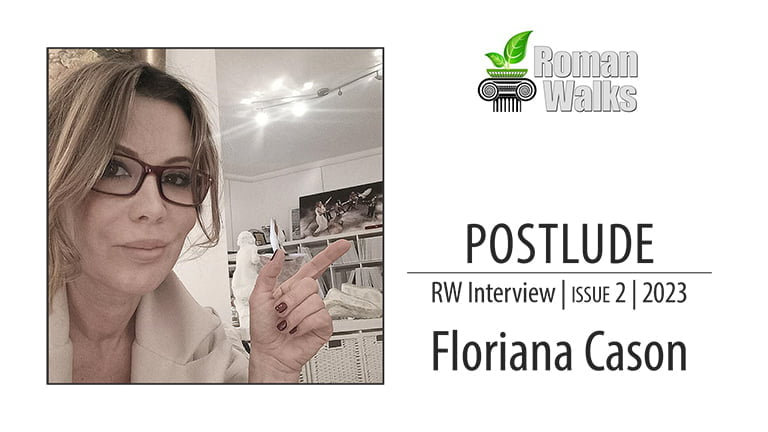The director Akira Kurosawa said that man is a genius when he dreams. Many scientific inventions, artistic masterpieces, or political utopias were born thanks to our capacity of escaping from reality. The tendency of the mind to wander and shift attention to something else, without a clearly defined intention, the so-called daydreaming. But the meaning of the word ‘daydreaming’ can also be associated with mental instability, poor efficiency, and an inability to be concrete. Daydreaming, rambling, and letting one’s mind absent itself from the present, on the other hand, have unexplored but very positive functions for the mind. It is also a survival technique, aimed at maintaining mental balance in stressful situations.
 A study conducted by American psychologist Jonathan Schooler, at the University of California, Santa Barbara, revealed how people who could recognize their daydreaming were also the most creative. Creativity then arises from a specific condition of the mind that consists, broadly speaking, of a self-observation of one’s state of consciousness. This is what happens to those who can realize that they are in a daydream, in that sleeping phase in which we often find ourselves not only in the morning after waking up. For Walt Disney, this kind of technique was a working method: he used to analyze his ideas from three different points of view: daydreaming about new ideas and projects (dreamer phase), studying how to put them into practice (realist phase), and criticizing them to make them better (critic phase). The dreamer has good ideas. The realist realizes them. The critic observes whether or not the ideas can be put into practice. The ‘creative test’ in this issue of Interview is devoted precisely to Walt Disney’s technique.
A study conducted by American psychologist Jonathan Schooler, at the University of California, Santa Barbara, revealed how people who could recognize their daydreaming were also the most creative. Creativity then arises from a specific condition of the mind that consists, broadly speaking, of a self-observation of one’s state of consciousness. This is what happens to those who can realize that they are in a daydream, in that sleeping phase in which we often find ourselves not only in the morning after waking up. For Walt Disney, this kind of technique was a working method: he used to analyze his ideas from three different points of view: daydreaming about new ideas and projects (dreamer phase), studying how to put them into practice (realist phase), and criticizing them to make them better (critic phase). The dreamer has good ideas. The realist realizes them. The critic observes whether or not the ideas can be put into practice. The ‘creative test’ in this issue of Interview is devoted precisely to Walt Disney’s technique.
The process of “mind-wandering” is thus essential, but we must try to unite it with meta-consciousness to be able to say: A creative idea is popping into my head. In conclusion, it is necessary to allow free and creative thinking, but it is equally necessary to develop the rational area of our mind, which can evaluate and process creative ideas.
If you can dream it, Walt Disney said, you can do it!
Dreaming is the theater where the dreamer is at the same time the stage, the actor, the prompter, the stage manager, the author, the audience, and the critic (Carl Gustav Jung).



